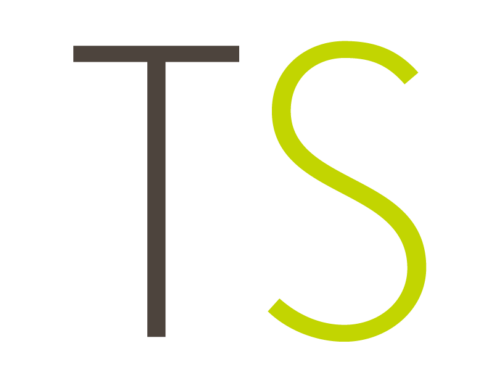Employment law update – Job Support Scheme
What is the Job Support Scheme?
The Coronavirus Job Retention Scheme (CJRS), otherwise known as the “furlough scheme” will end on 31 October 2020 and will be replaced by the new Job Support Scheme (JSS), which will start on 1 November 2020 and continue until the end of April 2021.
JSS is intended to avoid widespread redundancies by protecting viable jobs in businesses that are facing decreased demands over the winter period as a result of the COVID-19 pandemic. Where JSS applies, the government will contribute towards the wages of employees who are working fewer hours than normal due to this decrease in demand.
Which Employers will be eligible for JSS?
In order to be eligible for JSS, employers must:
- have a UK bank account and operate a UK PAYE scheme; and
- be a small or medium sized enterprise (SME) or a larger business that can demonstrate its turnover has decreased due to difficulties arising out of COVID-19 (guidance has not yet been issued as to what constitutes a SME or a larger business, or what steps larger businesses must take to demonstrate that they have been adversely affected by COVID-19).
It is also expected that employers will not make any capital distributions (such as dividends) whilst claiming JSS, although it remains to be seen whether this will become a legal requirement.
Which Employees will be eligible for JSS?
In order to be eligible for JSS, employees must:
- be working and be paid for at least one-third (i.e. 33%) of their usual hours; and
- be on their employer’s PAYE payroll on or before 23 September 2020.
How will JSS work?
The employee must work and be paid for at least one-third (33%) of their usual hours, although they can work and be paid for more.
For the employee’s remaining, unworked hours (up to 67%), one-third of that (up to 22%) will paid by the employer and one-third (up to 22%) will paid by the government, with the remaining third foregone by the employee.
The government’s contributions will be calculated based on the employee’s usual salary and will be capped at £697.92 per month.
This means that an employee will receive at least 77% of their normal pay (providing that the government cap does not apply).
How does JSS differ from the CJRS?
Unlike with the CJRS, the intention is to support viable jobs as opposed to supporting jobs that are effectively already redundant. Therefore, whereas under the furlough scheme, employers could claim a grant for employees who are not working at all, to claim JSS employees are required to work at least 33% of their usual hours.
All SMEs will be eligible for JSS automatically, whereas larger businesses will only be eligible if they can demonstrate that their business has been adversely affected by the COVID-19 pandemic. This differs from the furlough scheme, which had no restrictions on access and did not require employers to prove any financial downturn of their business in order to benefit.
Unlike the furlough scheme, during the period in which any employer is claiming JSS, they cannot make employees whose salaries are being supported by the scheme redundant or put them on notice of redundancy.
What Should Employers do now?
Given that 1 November 2020 is fast approaching, employers should begin to consider the following whilst awaiting further government guidance to be issued:
- whether to make use of JSS at all;
- whether to offer access to JSS to their entire workforce or just to certain staff members (and, in the case of the latter, how to go about selecting which staff members to offer the scheme to); and
- any staff consultations that need to take place before JSS is introduced.
If you have any questions or require any advice in relation to this article, please contact a member of our Employment team.
Author: Rebecca Felton






